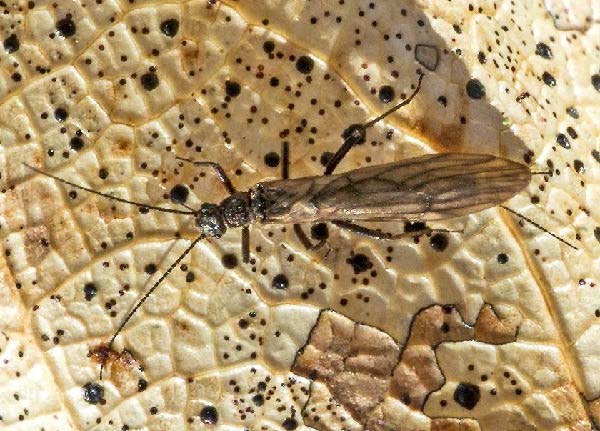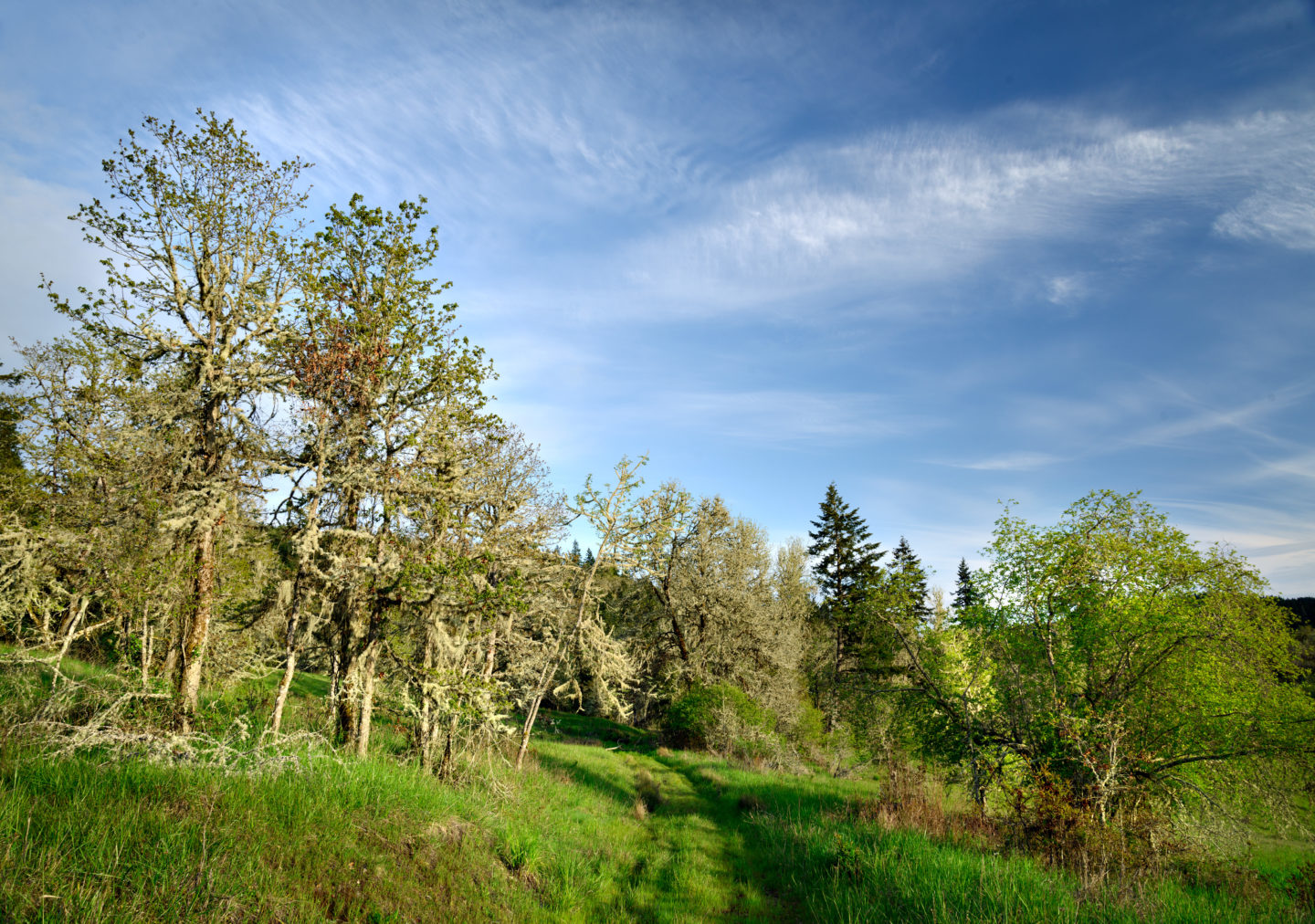This article was published with permission from Cary Kerst, who discovered a new species of Stonefly in a place now protected by conservation. The species was named Capnia kersti, after Kerst himself.
The Forgotten Habitat
I began a study of the aquatic insects at Willow Creek in Lane County, Oregon in 1995 and continued through 1996. Willow Creek is a summer-dry stream at the south edge of the City of Eugene with water flow from November into June during normal rainfall years. These small summer-dry streams have always been a personal interest and are an endangered habitat type. Being summer-dry, these streams don’t get the protection or interest that permanent waters receive. In addition, during the summer season when many projects such as building, road construction or even ecological restoration projects are in progress, these streams are dry and thought is not given to minimizing impacts to them.
During this study, I found an undescribed stonefly in the family Capniidae. This species, later named Capnia kersti was described by Dr. Riley Nelson of Brigham Young University in 2004. Dr. Nelson found it to be of special interest as a species in a subgroup of the Capnia californica complex that was found far north of all of the other species in the subgroup (Nelson, 2004). Nelson proposes that C. Kersti is one of the common ancestors of the subgroup. You can see from the photo that it looks – well – like every other Capnia species!

Andrew Reasoner Preserve

Some species in the Capnia californica group have been collected from summer-dry streams (Nelson, 2004), and C. kersti is associated with a summer-dry stream. Adults emerge from February until early April. The eggs lie in the dry streambed until the stream is wetted in late fall. The larvae of the Capniidae are shredders feeding on allochthonous material.
I have been interested in finding additional sites where C. kersti occurs and, while I collect widely in Oregon, have thus far not found any other sites. The Xerces Society and the Bureau of Land Management (BLM) are interested in any additional sites where it occurs. The Pacific Northwest Regional Office of the U.S. Forest Service and Oregon/Washington State Office of the Bureau of Land Management have an interagency program for the conservation and management of rare species. C. kersti is listed by the Federal Interagency Special Status / Sensitive Species Program (ISSSSP).
I visited the Andrew Reasoner Wildlife Preserve on Monday, Feb. 8 to check the streams for Capnia kersti. The lower section is too flat and boggy to be appropriate habitat but the hillside habitat looked good though the stream substrate is finer than Willow Creek where the species is found.
Using a sweep net, I began finding Capnia around the stream at the first trail crossing. Progressing up the hill, they seemed to taper off. I can identify the genus by sight but the species requires close examination of the male genitalia under a microscope for specific identification.
Sharing the Science
I brought some specimens back for examination, and they looked close to the illustration in Nelson 2004. Nelson illustrates the known species of the Capnia californica complex in his 2004 paper. I photographed the male epiproct which is characteristic and sent the photos to Boris Kondratieff at the C. P. Gillette Museum of Arthropod Diversity at Colorado State University. Boris also thought they looked close to Capnia kersti.
I returned to the creek on Feb. 10 to further survey the stream. I found no Capnia on the flat section near the highway. At the lower site on the map, I again easily picked up 23 adults sweeping along the stream. I checked a side channel (see map) and found a single specimen. The adults move around so it this doesn’t necessarily indicate they are in this channel. At the upper site (see map), I also found a single specimen so they are not common this high on the stream. This isn’t unusual for seasonal streams as the stream becomes more and more ephemeral as you move up in elevation. These streams are fed by small feeder streams as you move down in elevation causing the stream flow to be more constant through the winter season.
I shipped specimens to Colorado State for confirmation of the species on February 10. The package arrived at CSU on Feb. 23, and Boris Kondratieff and another specialist there have confirmed that the specimens are indeed Capnia kersti.
Given the number of adult specimens on the creek at the Andrew Reasoner Preserve, I believe that this is actually a larger population than on Willow Creek. This is quite an exciting find for me as I’ve searched for another site for years.


